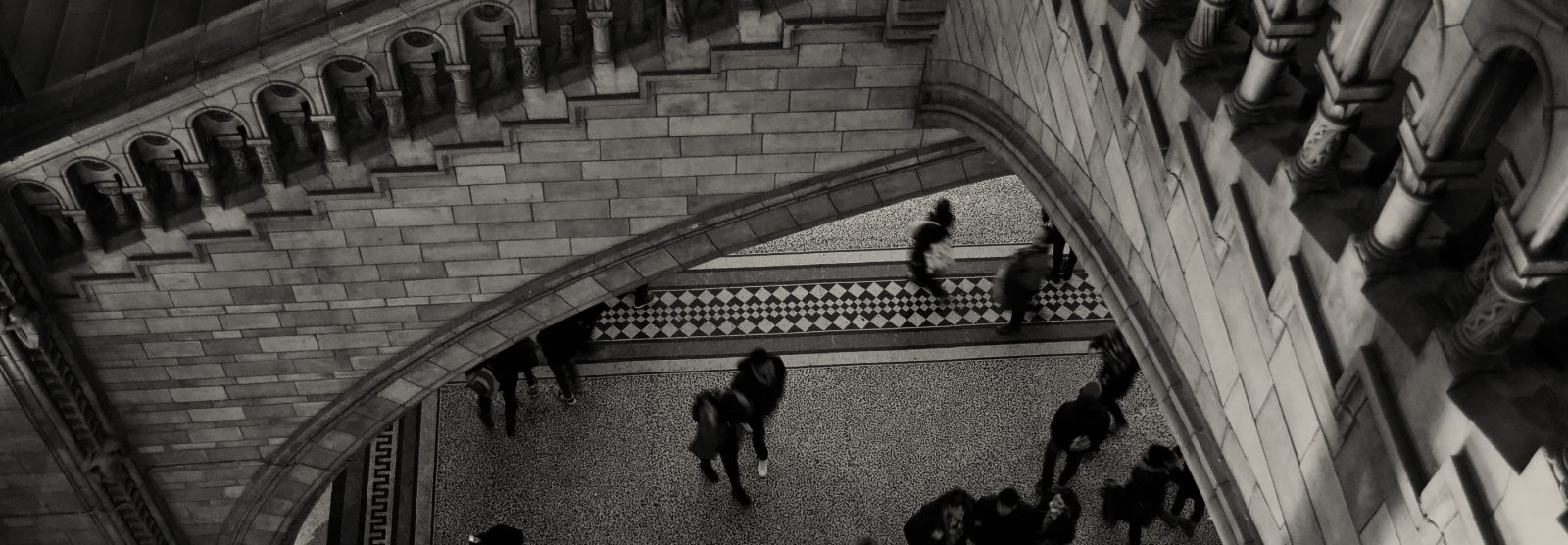Forced Laborers
The carceral state molds and enforces worker compliance, vulnerability, and insecurity—both within and beyond prison walls.

TOPICS
104 posts in ‘Institutions & Practices’
The carceral state molds and enforces worker compliance, vulnerability, and insecurity—both within and beyond prison walls.
Disentangling medical care from policing, prisons, and other punitive institutions remains an imperative—now more than ever.
For the scores of people who have suffered on Rikers Island, their experiences, and scars, of living through it remain long after release.
In immigration court and beyond, fair process matters. But fair laws, fair legal systems, and fair societies matter far more.
Fiscal arguments have only led to a reconfigured carceral state—one that replaces one type of punishment for another while still harming millions.
Gideon v. Wainwright is the wrong cure for the reality that the carceral system is designed to target poor people.
People assigned a public defender are the only ones deprived of the right to choose their lawyer. This often intersects disastrously with racial bias.
For many immigrant families, even driving to school or the doctor risks a dangerous encounter with the punitive state.
The criminal legal system heaps more violence on victims of gender-based violence. Abolishing these structures is the only way to protect them.
Incarceration ahead of trial is fundamentally unjust—a form of punishment that makes it virtually impossible to fight for your freedom.
Mass incarceration hasn’t ended in San Francisco, or anywhere else. To achieve that goal, governments would first have to devolve power to the communities it has harmed the most.
The rule was supposed to prevent prosecutors from hiding evidence. It hasn’t worked—but there’s a better way.
The Visiting Room Project offers an intimate glimpse into the stories of Louisianians serving life without parole.
Far from a plan for decarceration, 'Barred' is nonetheless a trenchant look at how the criminal system fails the innocent and guilty alike.
It's high time we reconsider the power and promise of hunger strikes — without denying the tactic’s radical, disruptive, and self-violent character.
After years of working in the system, a reformer and believer in government gives up on probation and parole.
The carceral system criminalizes and retraumatizes survivors at every step. Dismantling these structures is the only way to end this violence.
For all its aesthetically pleasing attributes, Norway’s Halden Prison is still a prison for the men who must endure it.
The rise of pretrial e-carceration in San Francisco has created a new class of people for whom freedom remains elusive.
The growth of electronic monitoring has spawned a quagmire of hidden fines and fees from which people need a way out.
The tangle of policy responses following the 2020 uprisings over police violence shows that both Republicans and Democrats failed to meet the moment.
Immigrants fighting their deportations need lawyers. That doesn’t mean federally funding their defense should be a movement goal.
For decades, policing so-called ‘quality of life’ issues has had devastating effects. This approach must cease to exist.
For incarcerated fathers, child-support and related debt create their own feedback loops of disadvantage and punishment.
To stay true to their professed values, social workers must wholly disavow and remove themselves from systems of harm.
Many progressive prosecutors promised bold change. In Virginia and elsewhere, reformers are realizing that they’re still actors in the same machinery of injustice.
Sex offender registries don’t make us any safer. Abolishing them would.
The roots of e-carceration run deep, and we need to articulate digital abolition as the solution.
Fines and fees have a devastating effect on Black women and their communities. Abolishing them is the only option.
Maternal incarceration is but a phase for the people who experience it. It doesn’t define them.